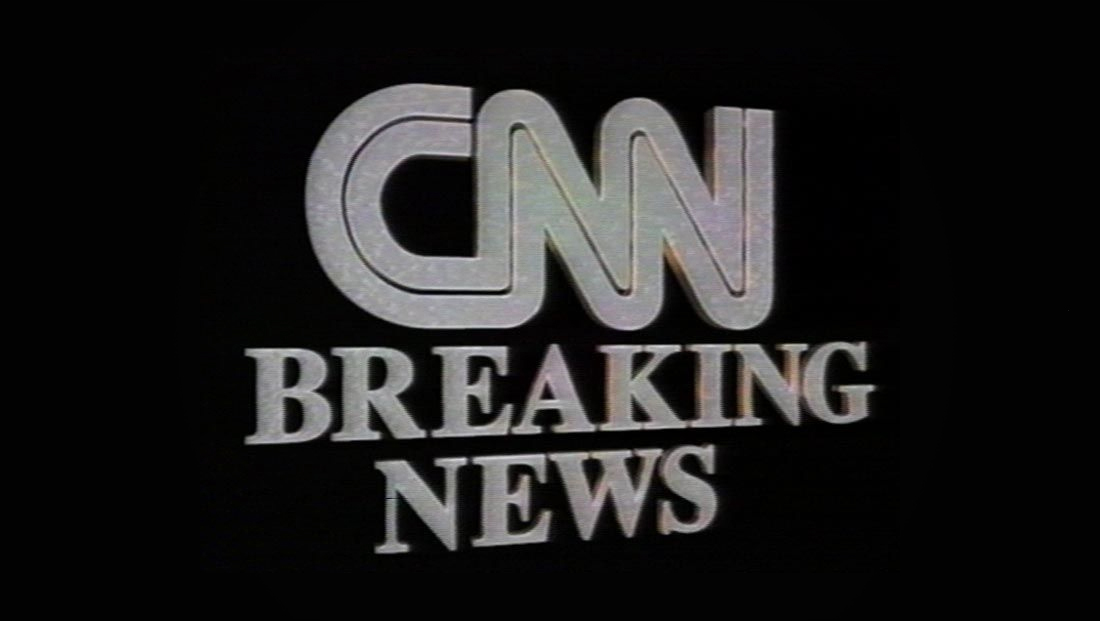Have the networks broken the term ‘breaking news’ as CNN exec looks to scale back its use?

Subscribe to NCS for the latest news, project case studies and product announcements in broadcast technology, creative design and engineering delivered to your inbox.
It’s no secret that the term “breaking news” has become one of the most universally overused ways to label news stories — even ones that aren’t exactly “just in” — and newly-installed CNN CEO Chris Licht appears to agree.
The network is starting to explore its use of the phrase “breaking news,” according to a memo that Licht sent out Thursday, June 2, 2022.
“Something I have heard from both people inside and outside the organization is complaints we overuse the ‘Breaking News’ banner,” the memo reads. “I agree. It has become such a fixture on every channel and network that its impact has become lost on the audience.”
In the memo, he announced that an entry for use of the term has been added to the network’s internal stylebook and that feedback on the guidelines is welcome.
“We are truth-tellers, focused on informing, not alarming our viewers. You’ve already seen far less of the ‘Breaking News’ banner across our programming,” the memo continues. “The tenor of our voice holistically has to reflect that. As I have said, we must be vital, relevant and respected — and how we show up for our audiences, in every story, in every part of the country, and around the world, matters.”
The issue at CNN extends beyond just the use of the banner, which is sometimes known as a stinger. The red, black and white breaking news background graphic had started being used for a good portion of an entire program, even when the stinger itself wasn’t aired.
CNN is by no means the only broadcast outlet to basically make “breaking news” into a “brand” that is often used seemingly synonymously with pretty much any news story.

All of the big three networks plus cable networks are guilty of doing it — with their morning and evening newscasts labeling multiple stories as “breaking news” despite some being hours or even days old. Many local news stations are just culpable.
On any given night, it’s not uncommon for all of the big three evening network newscasts to label most or all of the stories in the A block with a “breaking news” banner sitting atop the lower third or on video wall graphics. These broadcasts typically don’t use a fullscreen graphic like CNN, but the words are still featured in animations, wipes and other graphics.

Scripts are also often written using phrases such as “just in” and “new details as we come on the air” to add even more of a sense of urgency.
The term “breaking news” often appears in lower third chyrons, video wall graphics and fullscreen animations to drive home the point.
Lower third banners have become the butt of late-night shows and social media memes — with ones labeling such mundane events as someone visiting a building as “breaking” news.

CNN, which invented 24-hour cable news, has long been known for its iconic “Breaking News” stinger graphic that was once a rather simple gray look but has since evolved into a red, black and white design that can be accompanied by a matching video wall graphic.
Originally, the graphic appeared much more sparingly on CNN than it has in recent times — and often was only used for truly big stories: Think deaths of heads of state or major disasters.
At the time, CNN’s concept was unique in that it needed to create a way to distinguish truly big stories from the “regular” news — since, at least in theory, it was always broadcasting the latest news. So at that time, the term “breaking news” had much more weight since it meant the network was essentially interrupting its already ongoing news coverage for an even bigger story.
Subscribe to NCS for the latest news, project case studies and product announcements in broadcast technology, creative design and engineering delivered to your inbox.




tags
rear projection screen
categories
Branding, Cable News, Featured, Network Special Reports, Networks